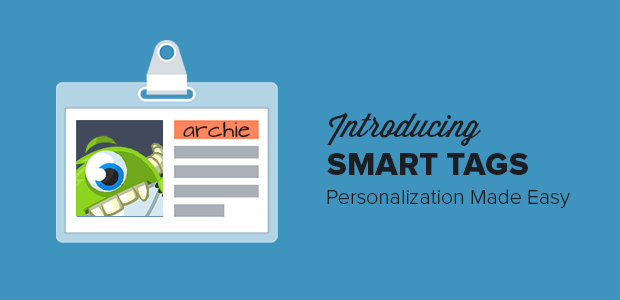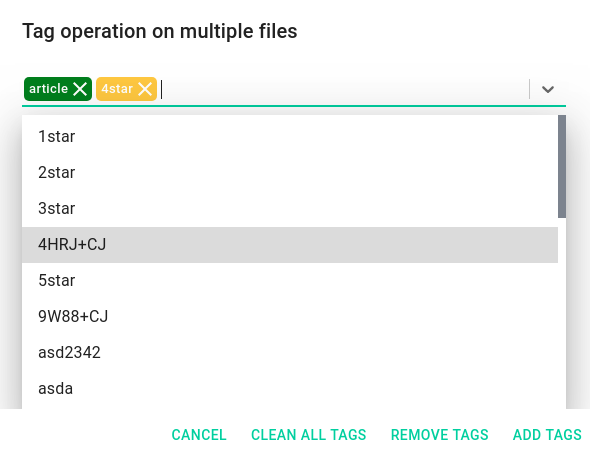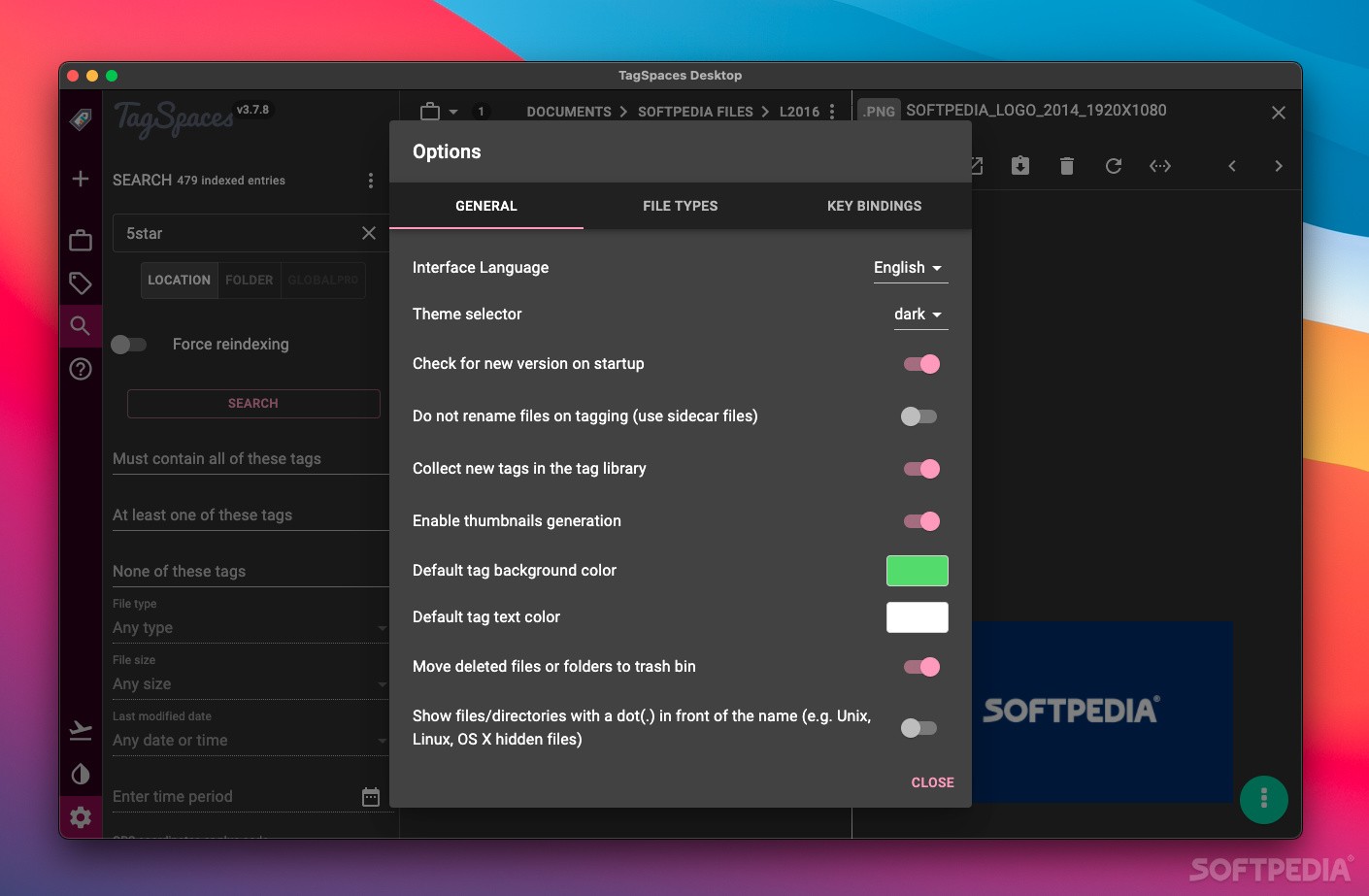

#Custom smart tags tagspaces for free
Get the OneNote app for free on your tablet, phone, and computer, so you can capture your ideas and to-do lists in one place wherever you are. Key features: can see more properties of the recent resources, such as path, size, type, date modified and date created. Advanced Recent Access is designed to see more properties of your recent used resources (files and directories). Review: File organizer that allows you to assign custom tags to files and folders for easy categorization and search. Tabbles use tags to organize and find files along with your colleagues. SMF - Search my Files v13 is the fastest duplicate files finder and a multi-dimensional - file searcher, - file copier / mover, - file deleter / eraser, - and Evernote is the place to collect inspirational ideas, write meaningful words, and move your important projects forward. Bring your life's work together in one digital workspace. Alternative to the standard Search For Files And Folders module of Windows. Image Credits: Filed Under "Folders" by Domiriel via Flickr, TagSpaces screenshots, Folder Structure via Wikimedia Commons, Desktop - before by Lindsay Evans via Flickr.What are some alternatives? When comparing Index Your Files and TagSpaces, you can also consider the following products What do you think? Have you tried TagSpaces or any other tag-based file manager? How do you organize your files? Share your advice and experience in the comments. You could use TagSpaces as a photo collection manager, a digital notebook, or an e-book organizer. Keep Dolphin or Nautilus for your daily file management tasks and switch to TagSpaces for specific file types. The notorious tags-in-filename issue certainly needs attention, perhaps in the form of editing extended file attributes or storing tags in an existing metadata format.įor now, the solution might be to compromise, and let TagSpaces and traditional file managers complement each other. Compared to CLI-only tag-based file managers like Tag and TagFS, using TagSpaces is a piece of cake, and the interface is much more appealing to beginners and ex-Windows users. The Information School, University of Washington, 2005.Ĭould TagSpaces be the utility they need? We've seen it's not perfect, but it's a young app, still in development with plenty of time to improve. Don’t Take My Folders Away! Organizing Personal Information to Get Things Done. However,Īll of the participants said they would be happy to have search utility that helped them to find their personal information better. Thirteen declined, stating they can't rely only on search and that they prefer to actually see their files grouped in folders. A 2005 study asked fourteen participants to replace their folders with a simple search tool. Still, not all users will be ready for the switch. It's entirely possible that tags are the future of file management on Linux.

With a tag-based file system, you don't have to worry about the location - just make sure to tag the files with appropriate, relevant keywords. But what happens when you have to reorganize it? Introducing new subfolders is not easy with hundreds of files, and I imagine finding a file feels much like searching for a needle in a haystack. Most users stick to hierarchical folder structure because it feels "natural" and intuitive, or simply because they're used to it. A prime example are multimedia files - photos, videos, music - but a simple report from your latest meeting can also require complex categorization (by date, project, topic, client.). We need them because the world is not one-dimensional, and one file can belong to several categories. Tags are content-dependent keywords metadata that describes the contents of a file. In a hierarchical filesystem, a file can exist only in one folder (just like physical files), which restricts our categorization options. They conceptualize our real-world experience with physical files: we put a file into a folder, and place it in a filing cabinet.

Most modern file managers are based on the traditional desktop metaphor with a hierarchical approach to sorting our files. Computers let us organize our digital assets, but this ability is limited by the very system that provides it. Of course, users are responsible for establishing a document management system: deciding what to name the files and where to put them.


 0 kommentar(er)
0 kommentar(er)
